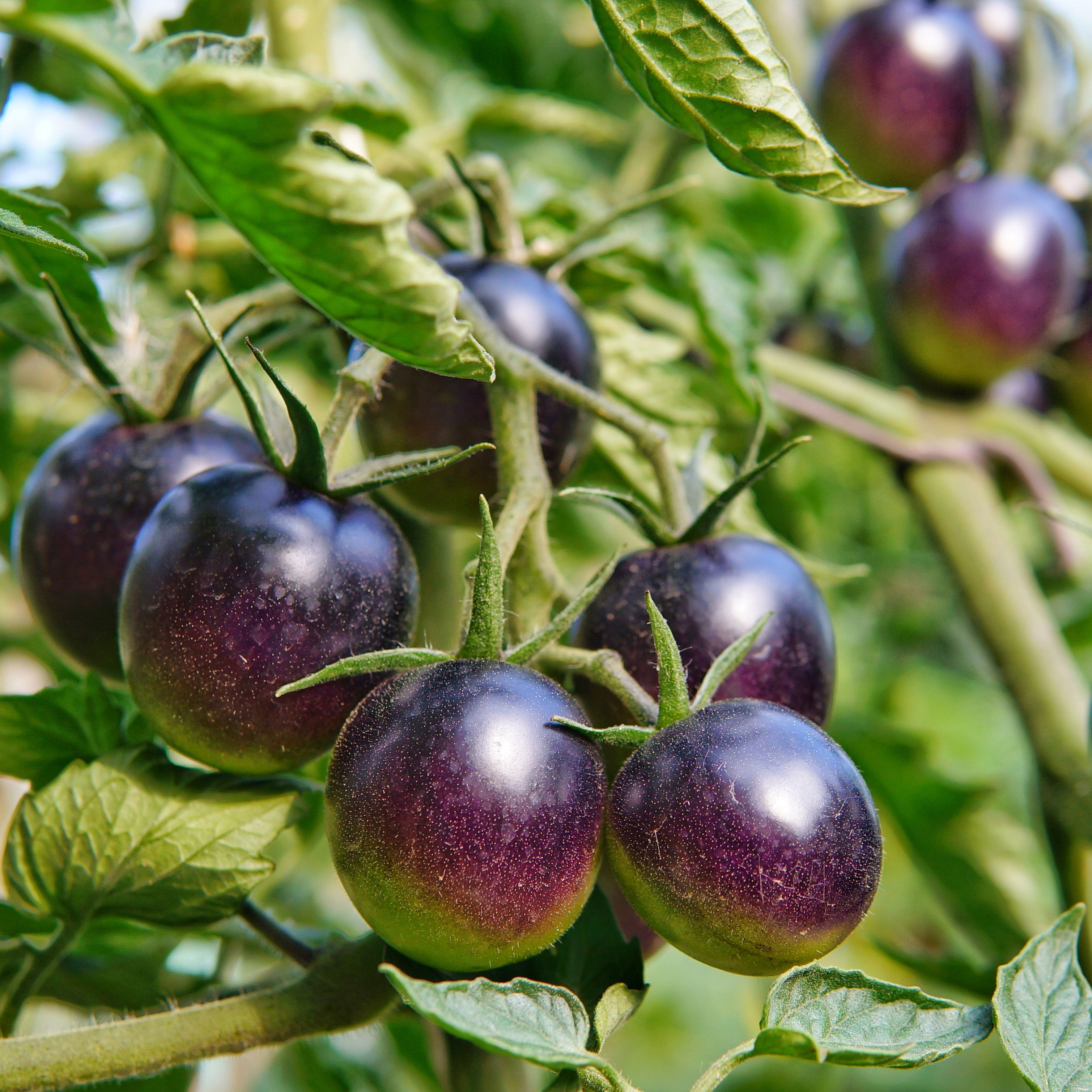12 Vegetable Garden Ideas To Maximize Yields And Enhance Your Growing Space
Discover beautiful and practical ideas for growing your own vegetable garden – from the best space-saving solutions to clever methods that will boost yields.
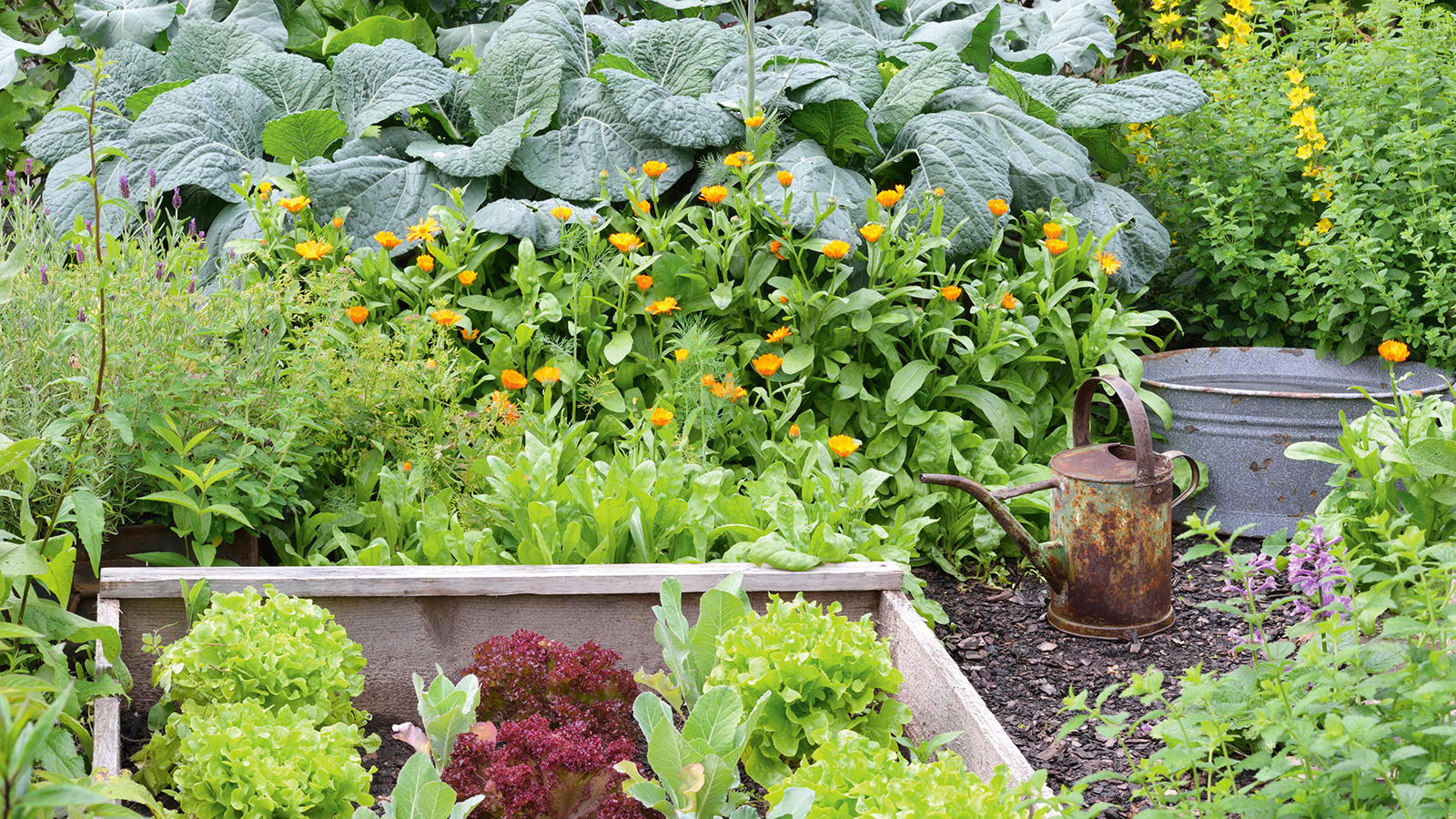

Starting a vegetable garden is the most wonderful thing you can do for your health and well-being. Home-grown organic vegetables are better for you and the environment and taste infinitely superior to shop-bought. The simple act of planting, nurturing, and harvesting crops also brings a wealth of physical and mental health benefits.
Whether you have a generously proportioned backyard or are restricted to balcony or patio growing, there are many fantastic vegetable garden ideas to explore. For small spaces, container gardening or vertical gardening can maximize productivity. If you have more room, there are many creative raised garden bed ideas to consider.
Grow vegetables that you and your family enjoy eating, ensuring your harvests are fully appreciated. Additionally, consider experimenting with heirloom varieties or unique crops that aren't easily found in stores. For beginners, starting with easy-to-grow vegetables like radishes, beans, and zucchini can build confidence and experience.
The local climate is a critical factor in selecting suitable vegetables, so research which varieties thrive in your region. Warm-season crops like tomatoes, peppers, and cucumbers flourish in sunny, hot climates, while cool-season crops like lettuce, spinach, and broccoli prefer cooler temperatures.
Our round-up of vegetable garden ideas will help you fulfill your growing ambitions.
1. Add Versatile Raised Beds
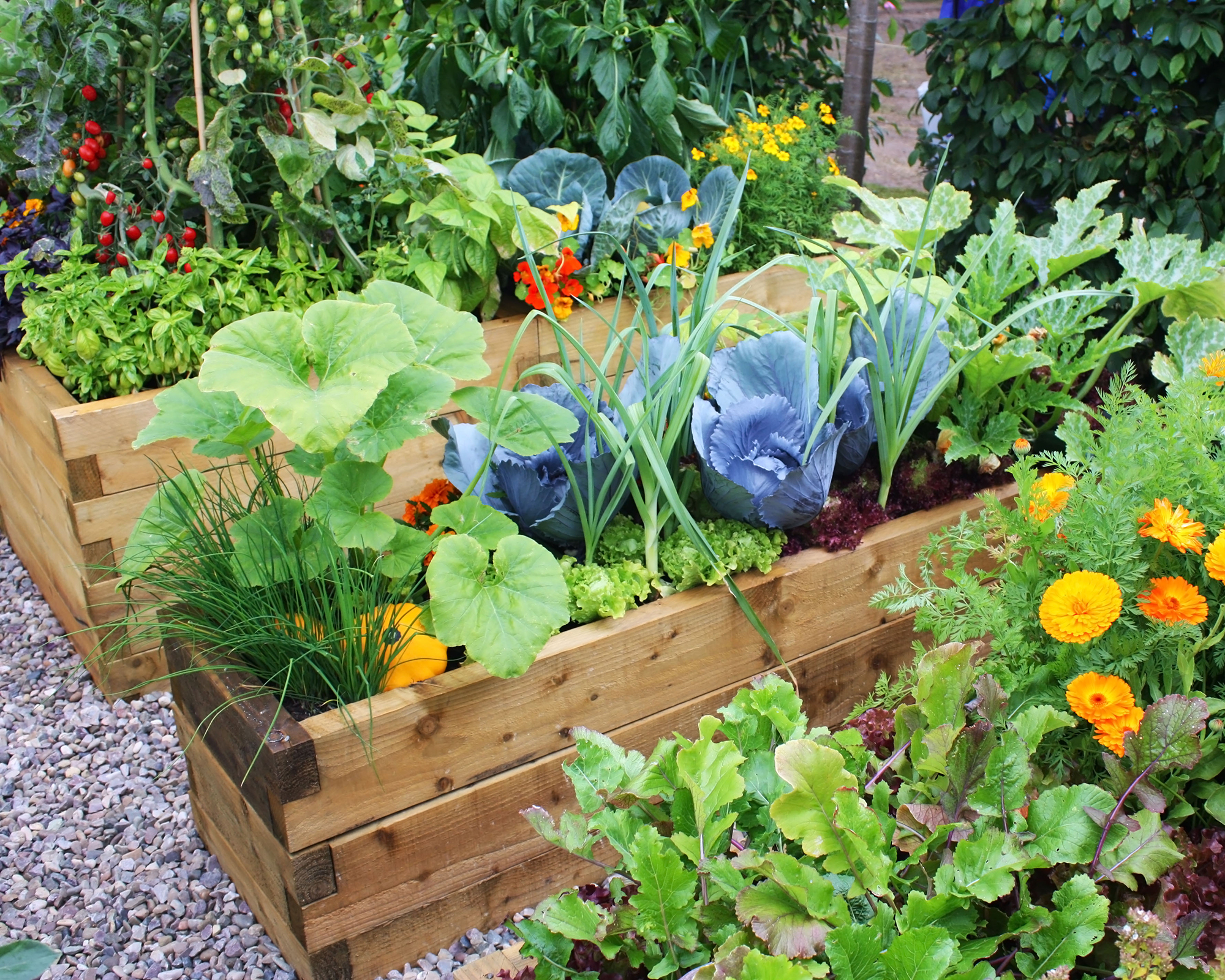
Growing a raised bed vegetable garden has a wealth of benefits. It’s the perfect solution for difficult sites, such as sloping gardens or those with poor soil, as it enables the creation of a level planting area with a tailored growing medium. Amending rocky or heavy clay soil could take years.
Elevated beds are also more accessible, minimizing the amount of bending required to tend to the plants. They can extend the growing season, as they warm up quicker than the ground in the spring.
Gardening tips, videos, info and more delivered right to your inbox!
Sign up for the Gardening Know How newsletter today and receive a free copy of our e-book "How to Grow Delicious Tomatoes".
Perhaps most importantly, raised beds offer an attractive, versatile solution and give flexibility in design and positioning.
There are two main types of raised beds: those that are built into the ground, and ready-made products that are introduced to the site. In theory, these could be relocated in the future.
The most popular materials for raised beds are wood and metal. Galvanized or powder-coated steel raised beds look particularly stylish and last for 20 years or more, making them a long-term investment.
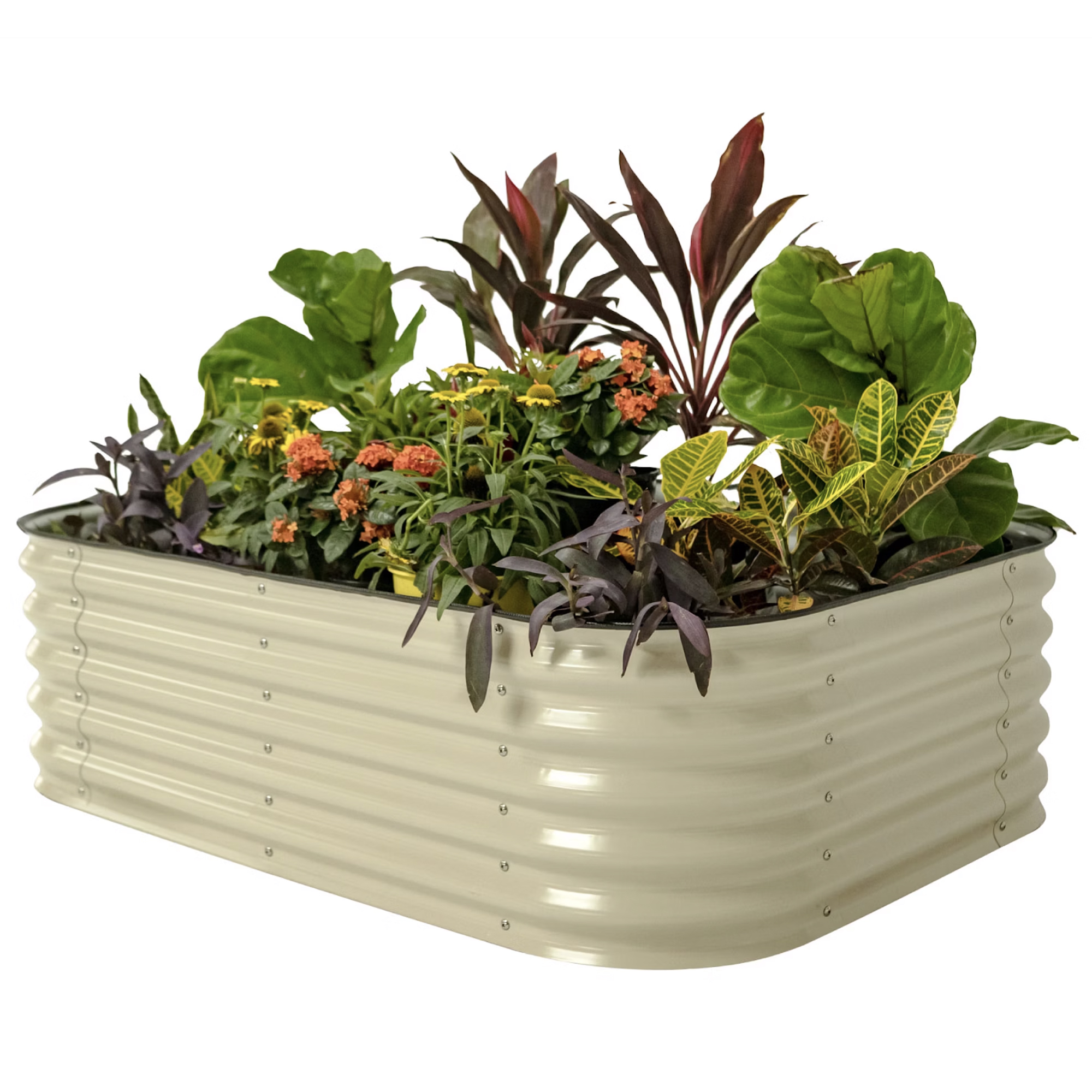
Discover raised garden beds that are both practical and beautiful. These stylish metal designs can be mixed and matched to maximize your growing space.
2. Increase Yields With A Square Foot Vegetable Garden
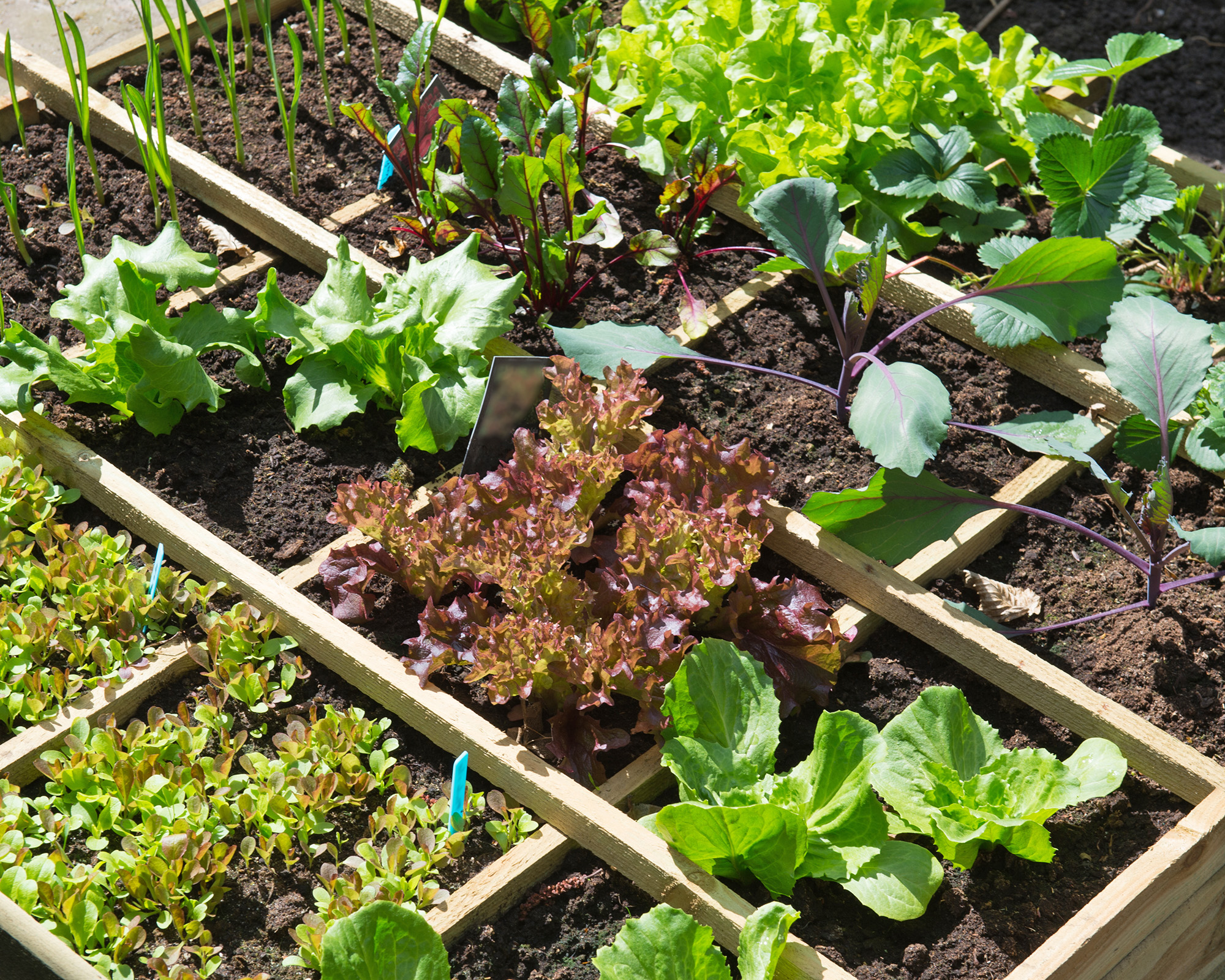
Growing a square-foot vegetable garden is a concept focused on maximizing yield, and is ideal for small plots.
The method involves dividing the growing area into 1ft (30cm) squares, which are each planted with an individual crop.
For smaller vegetables, such as carrots or radishes, up to 16 may be planted in one square, while larger plants will take up a whole square. Some crops, such as squash and melon, will require two squares.
As every crop has a recommended spacing, square-foot gardening makes planning the plot easy for gardeners. It is a very ordered approach that takes out some of the guesswork.
3. Build Trellis For Climbing Crops
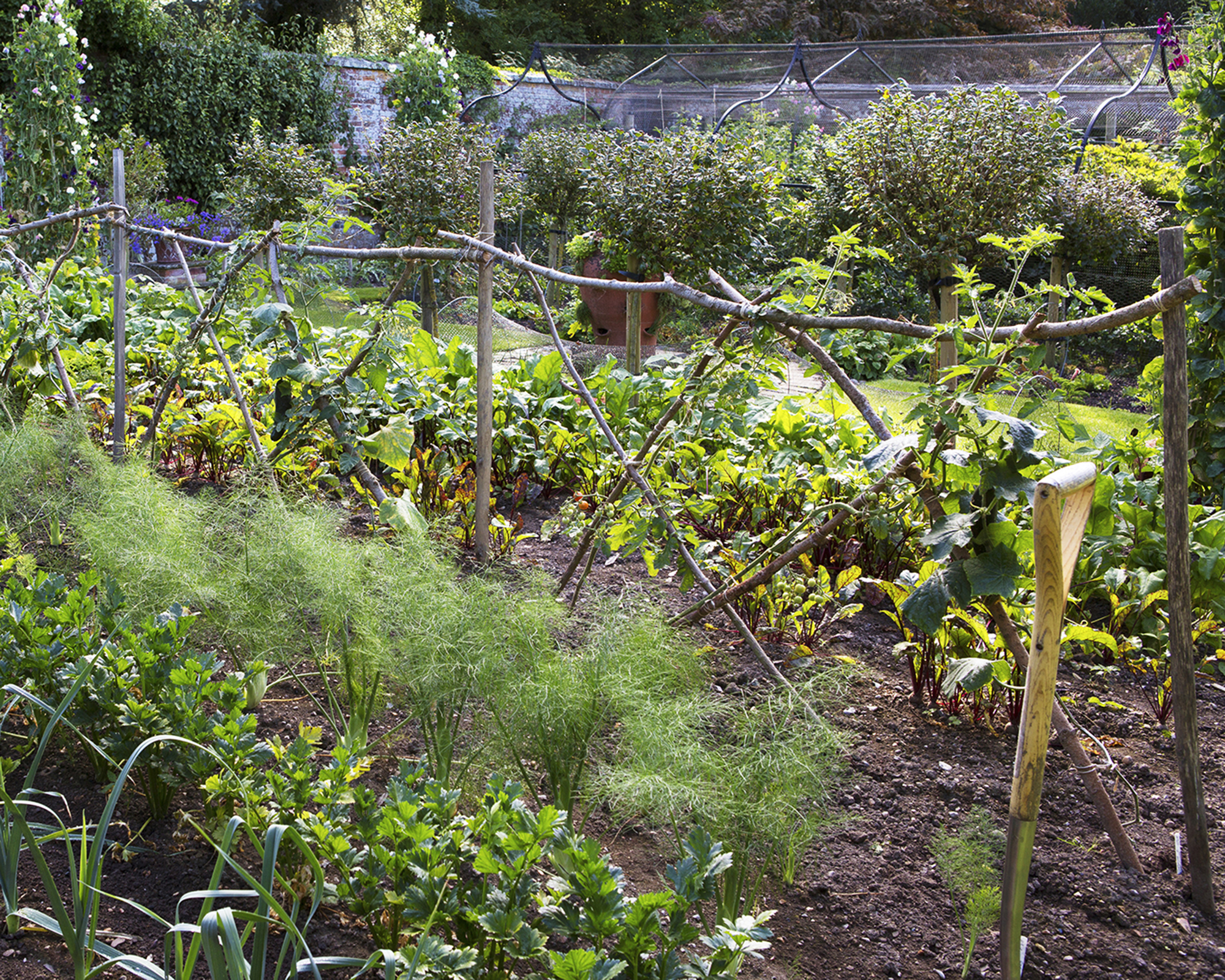
Training vining vegetables to grow upwards has many benefits, from increasing crop yields and maximizing growing space to minimizing disease.
There are so many charming vegetable trellis ideas for growing a range of climbing crops such as tomatoes, peas, beans, cucumbers, squashes, and some fruit trees.
A vegetable trellis can be a simple home-made solution, fashioned out of bamboo canes or even branches and sticks from the garden, or it can be an elegant design that adds a stunning feature.
Consider growing both vegetable and ornamental vines on a stylish pergola that doubles as a shady spot for sitting, or create an immersive arched walkway like a DIY cattle panel trellis with fruits hanging from above.
With so many possibilities, trellis offers the ideal solution to be creative with your vegetable garden design.
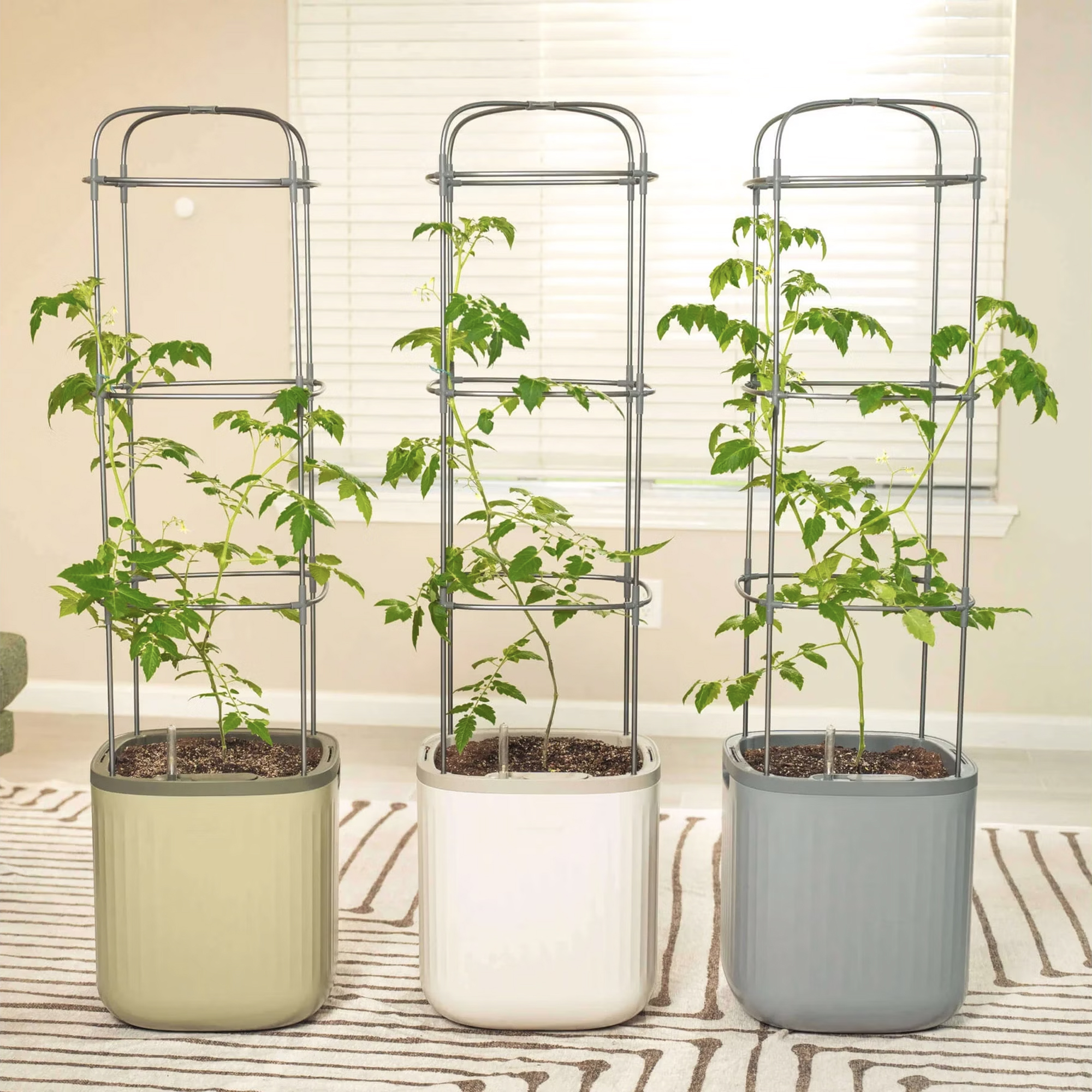
A self-contained planter with trellis is a versatile option for growing climbing vines – such as tomatoes – in the garden or even indoors.
4. Be Clever With Companion Planting
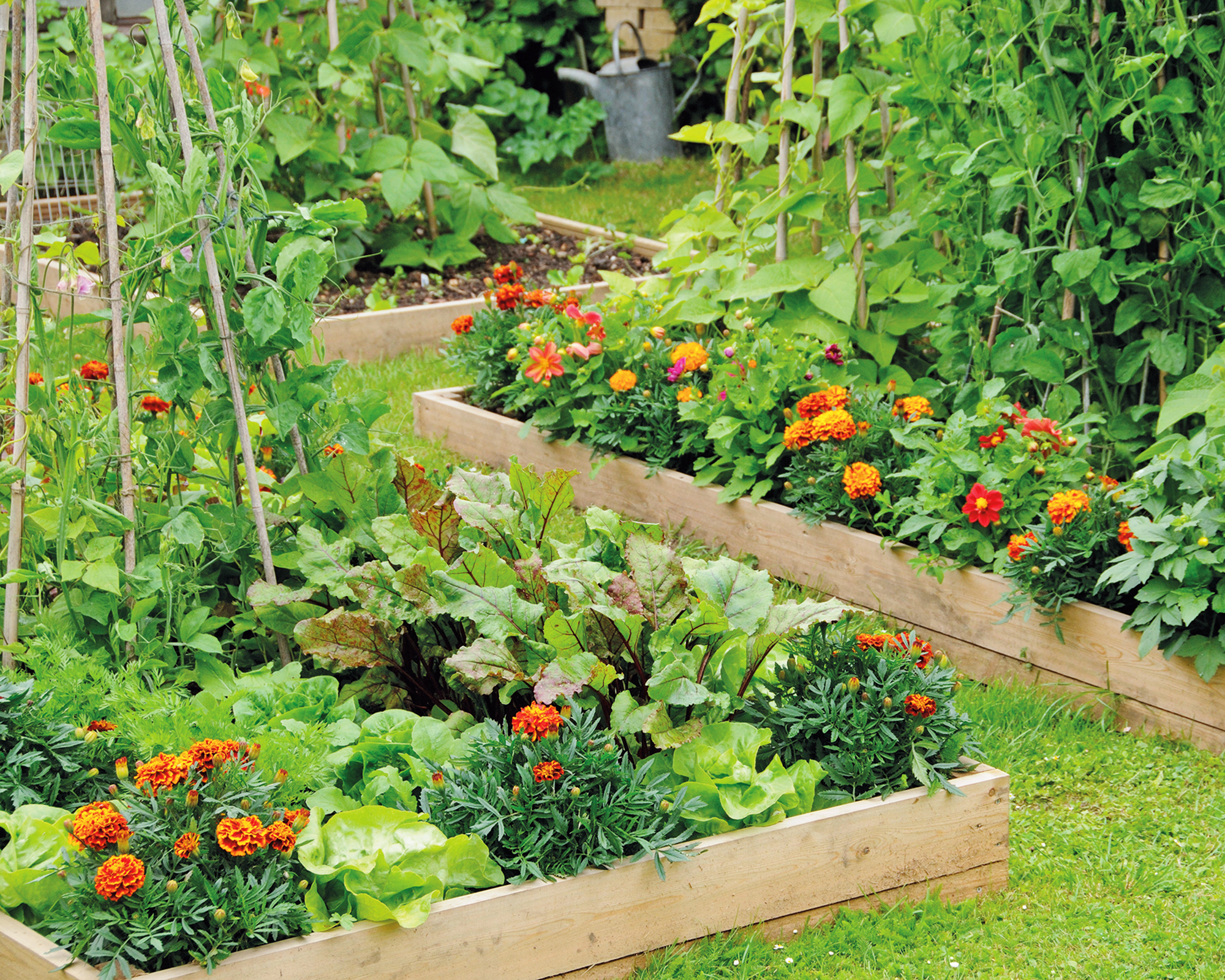
Some plants make good neighbors in the garden, while bad pairings can have negative consequences. Companion planting is a clever gardening technique that allows plants to take advantage of beneficial relationships, and avoid disastrous pairings.
Good companions on the vegetable plot can repel pests while attracting beneficial insects, provide support and protection, and return nutrients to the soil. They can even enhance flavor – adding depth or sweetness.
Many herbs make good companion plants, such as basil and chives, as their aromatic leaves deter pests such as aphids, while some can impart flavor. Some flowers, such as marigolds and nasturtiums, also repel pests while adding ornamental value. Beans are a classic companion plant as they return nitrogen to the soil, and make up part of the "three sisters" combination when paired with supporting corn and protective squash.
Bear in mind that some plants make good companions for certain crops, and poor ones for others. So check before planting.
5. Embrace Container Gardening

Container vegetable gardening offers numerous benefits, especially for beginners and those with limited space. Containers allow for gardening in small areas like balconies, patios, and even windowsill gardens, making fresh, homegrown produce accessible to urban dwellers.
The practice offers control over soil quality and moisture, reducing the risk of soil-borne diseases and pests.
It’s also a versatile solution, enabling the movement of plants to optimize sunlight exposure and protect them from harsh weather.
In theory, almost any vegetable can be grown in pots, but it’s best to choose smaller plants such as lettuce, spinach, onions, radishes, peppers, beans, peas, and tomatoes. Check mature plant size, and choose dwarf varieties where necessary.
Bear in mind that a container vegetable garden will place more demands on watering than when crops are planted in the ground.
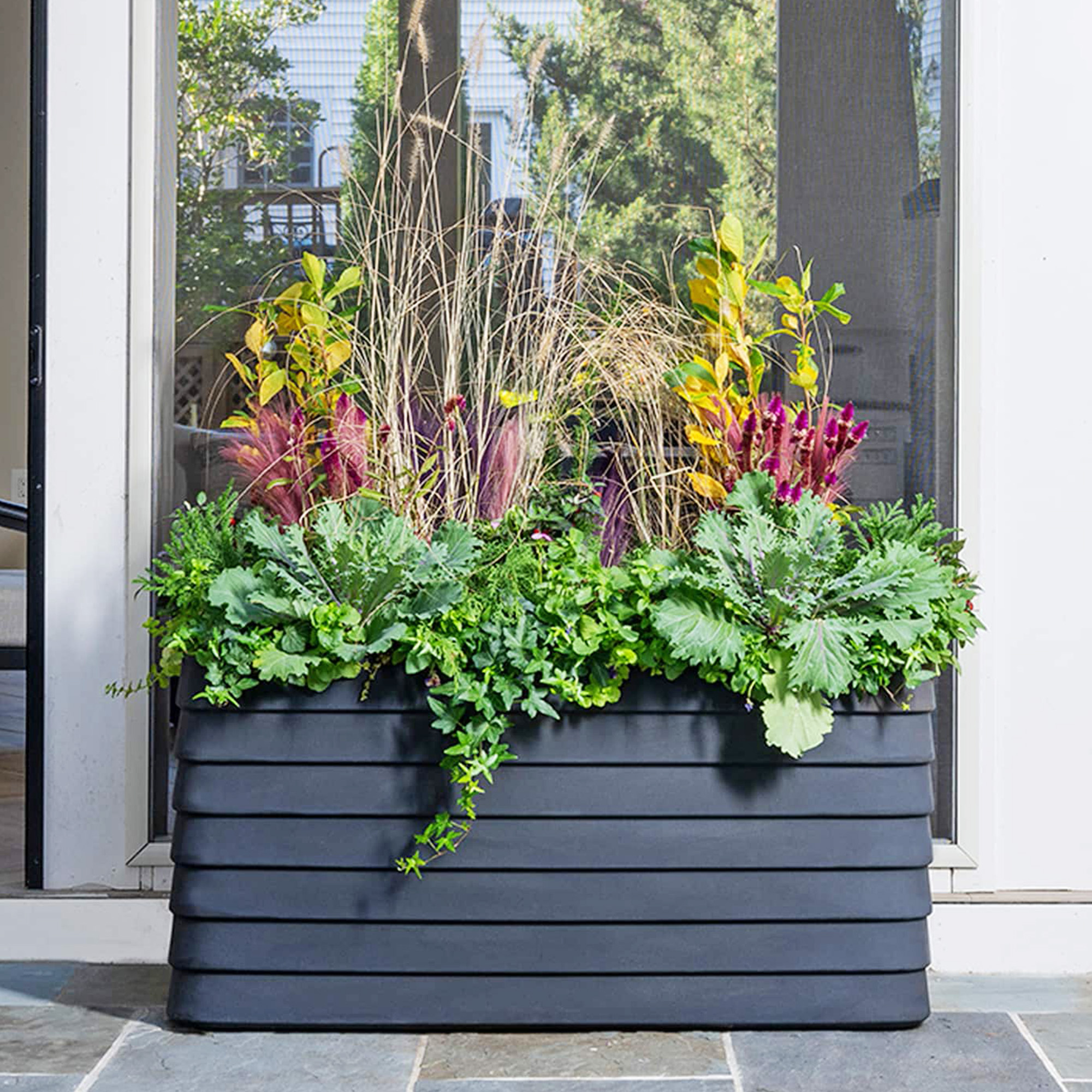
Discover high-quality planters that will help you to achieve your growing ambitions. Invest in features such as self-watering functionality to make your life easier.
6. Make It Beautiful With Ornamental Herbs
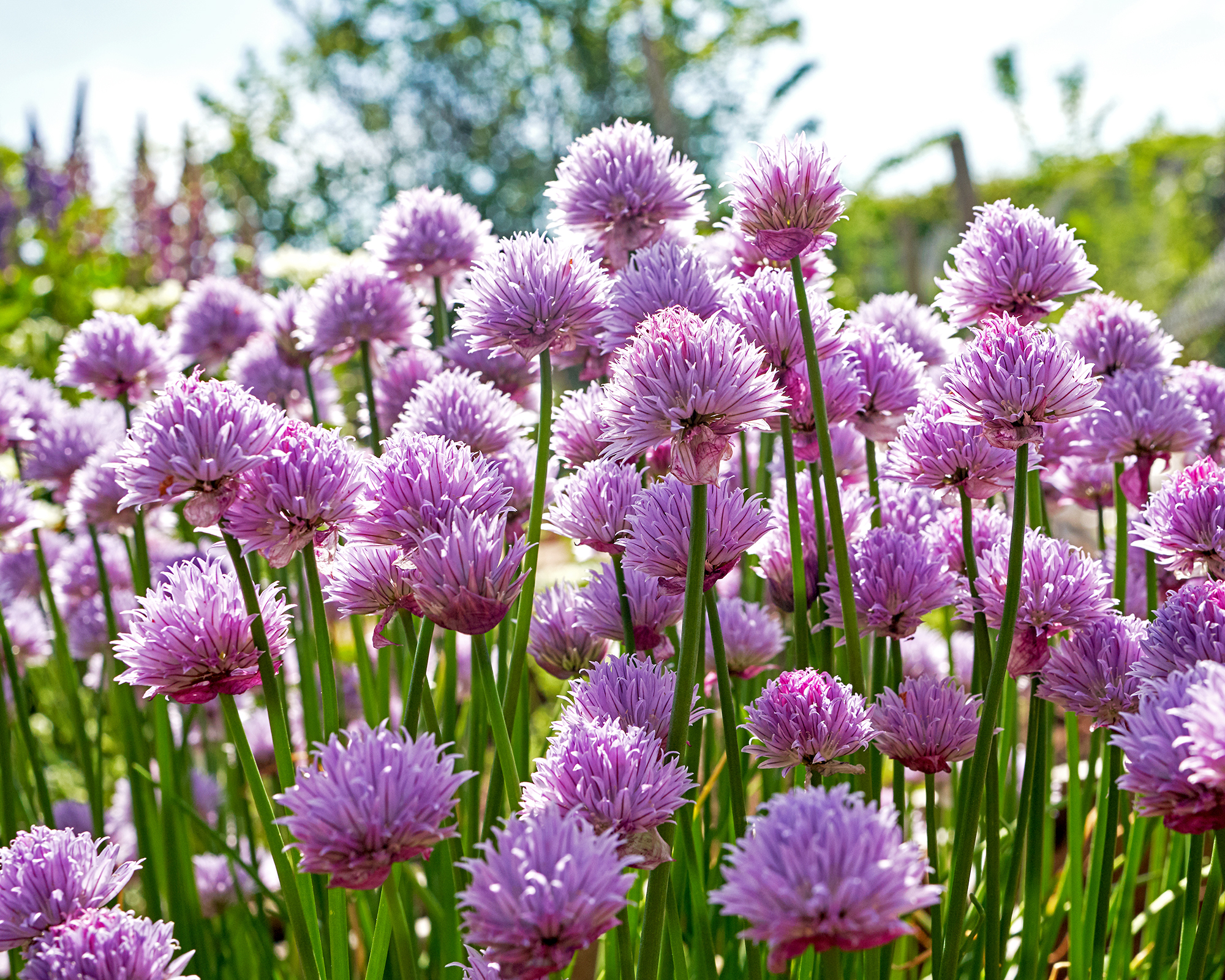
Growing herbs is a vast gardening subject in its own right. However, herbs are essential additions to a vegetable garden and may be a better option for those with minimal outdoor space.
As well as adding scent and flavor, most herbs double as ornamental plants, offering attractive foliage and flowers. Many are also beneficial companion plants, warding off pests and enticing pollinators.
The most beautiful herbs to grow in your vegetable garden include chives, sage, borage, and rosemary.
Choose perennial herbs to add interest to the garden and flavor to dishes for years to come.
7. Extend The Growing Season With A Cold Frame
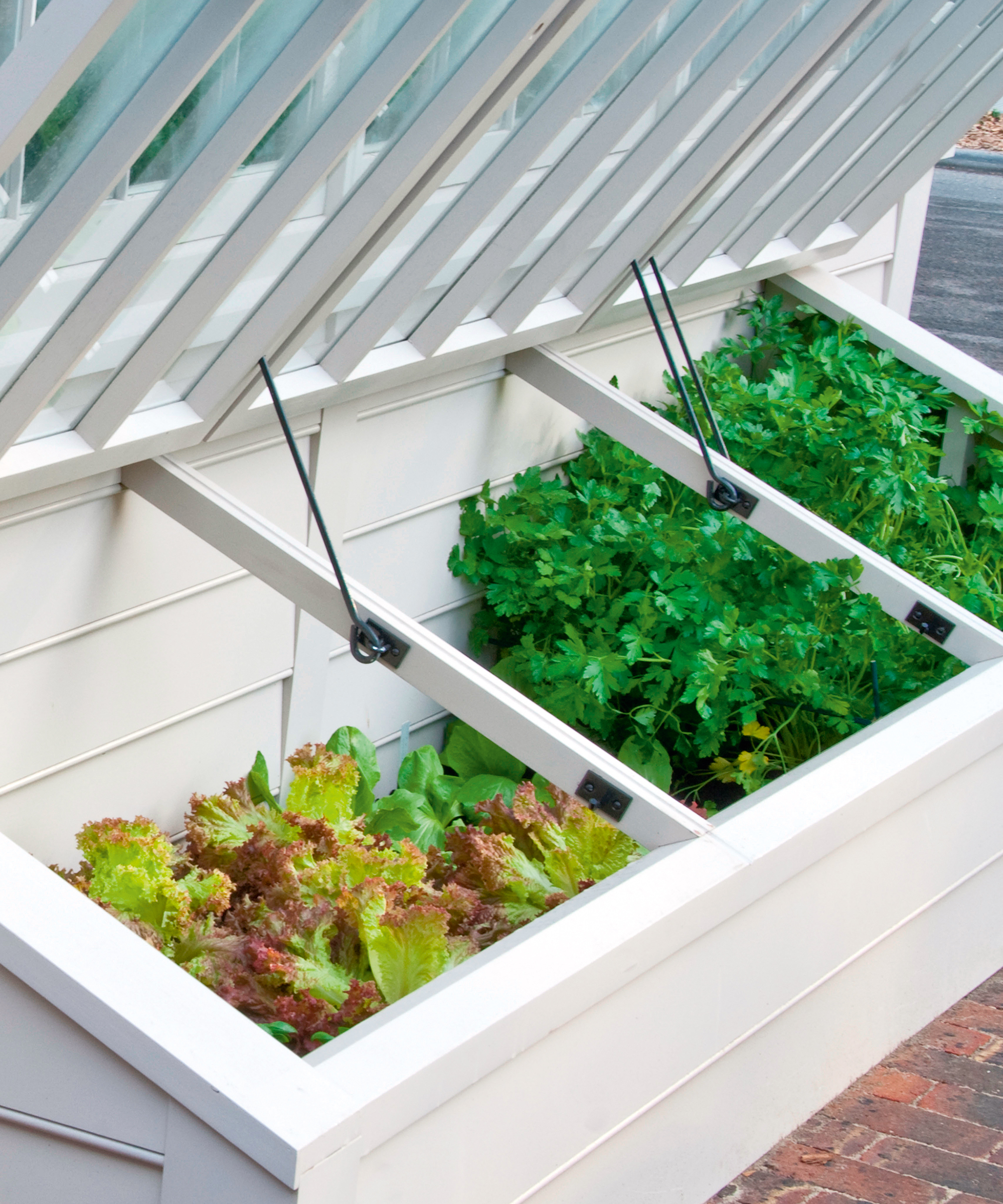
A cold frame offers many of the benefits of a greenhouse but is much more affordable and space-efficient.
This simple box structure has a clear lid that can be opened and closed to allow access to plants. The lid absorbs sunlight, providing a warmer growing space inside, which enables you to get a head start on the season. It can also extend growing into the fall and, in some climates, winter.
Early in the season, use a cold frame to start spring vegetable seeds, or to harden off seedlings started indoors before planting them out in the garden. At the end of the season, you can grow cold-tolerant crops even when the frosts hit.
8. Avoid A Glut By Succession Planting
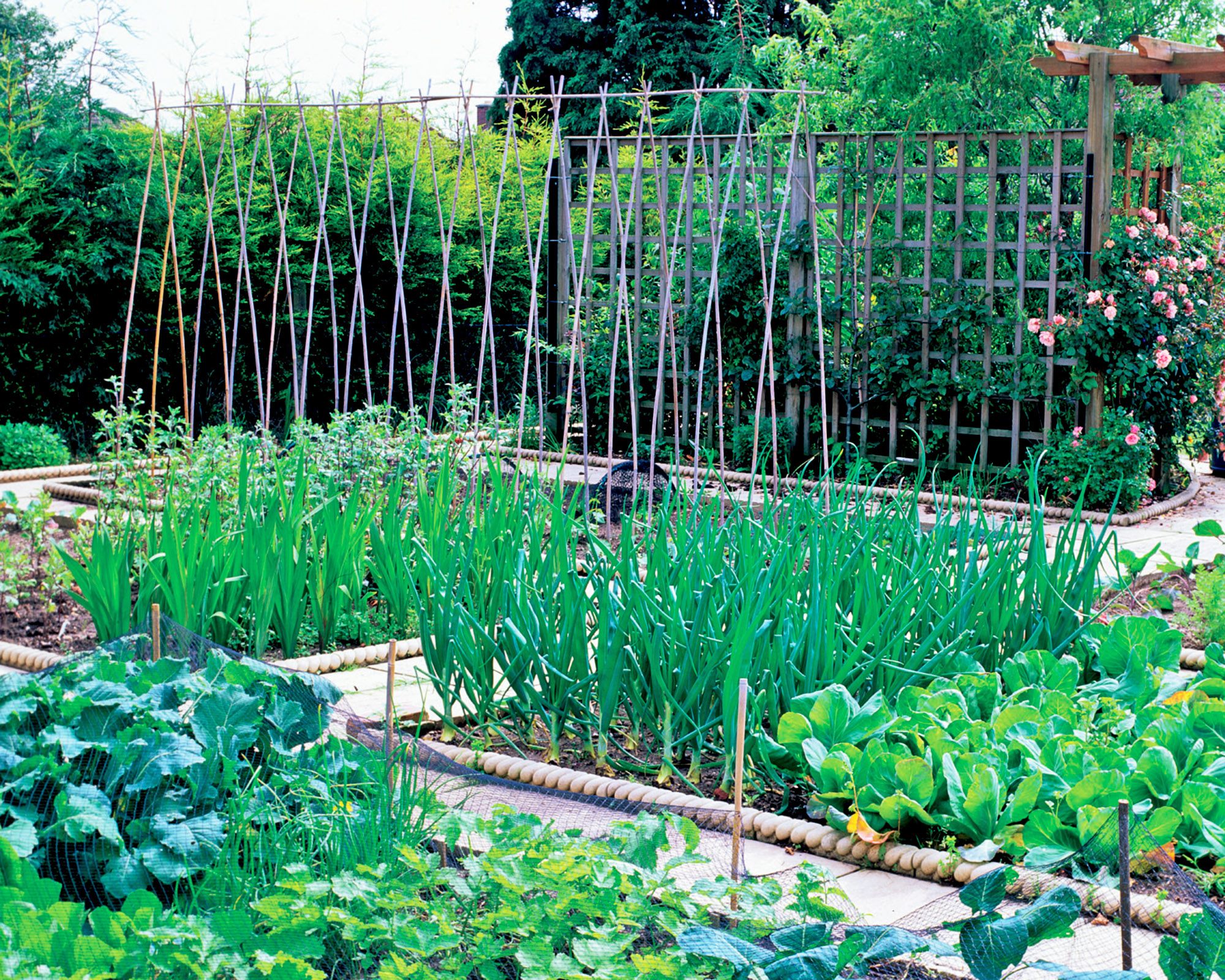
Succession planting maximizes crop yields by continuously sowing and harvesting vegetables throughout the growing season, to ensure a steady supply of produce – rather than planting everything at once and having a big glut.
Succession planting can be achieved in several ways: planting the same vegetable at regular intervals, using different varieties of the same plant that mature at different times, or rotating different crops in the same space.
Key benefits include efficient use of garden space, extended harvest periods, and improved soil health through crop rotation.
Try starting a couple of bean plants every two weeks, or just sowing a few lettuce seeds each week. Mix up tomato types to include early and late cropping varieties. Select vegetables suited to different seasons, such as cool-season crops like lettuce and radishes in early spring, followed by warm-season crops like tomatoes and peppers in summer, and then plant fall crops like kale and broccoli.
Good planning is key to successful succession planting – consider each plant's growth cycle, soil requirements, and compatibility with preceding crops.
9. Grow A Vertical Vegetable Garden

Growing a vertical vegetable garden is a wonderful way to grow your own food where there is limited ground space, but also adds an extra dimension to larger yards – turning bare walls into vibrant, green spaces.
This idea involves using vertical structures like wall-mounted planters, trellises, or stacked containers to cultivate vegetables upward rather than outward.
Vertical gardening offers several benefits. It improves air circulation around plants, reducing the risk of disease, and allows for easier pest management.
Wall planters can be arranged to optimize sunlight exposure, ensuring each plant receives adequate light.
This method also reduces bending and kneeling, making gardening more accessible to those with mobility issues.
Common vegetables for vertical gardens include tomatoes, cucumbers, beans, and leafy greens, which can thrive in this environment.
10. Improve Pathways And Hardscaping
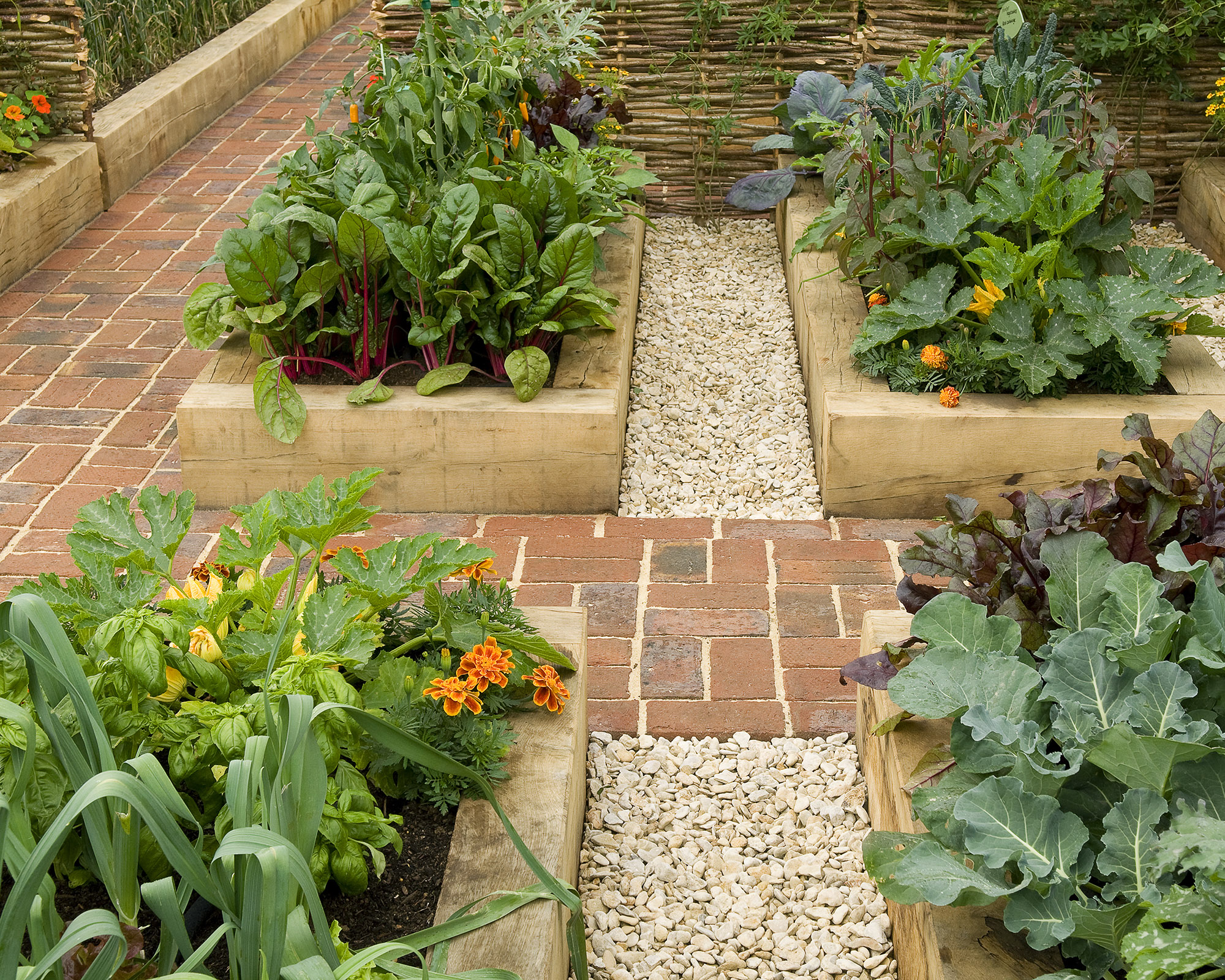
Adding attractive pathways and hardscaping features around your vegetable garden will enhance the functionality and aesthetics of the space.
Pathways, made from materials like gravel, brick, or stepping stones, provide clear access to garden beds, making planting, weeding, and harvesting more convenient while preventing soil compaction. These defined routes can guide visitors through the garden, creating a more natural, enjoyable experience.
Mulching pathways and garden borders with organic materials like wood chips enhances the garden's appearance and helps retain moisture and suppress weeds.
Also consider incorporating features like arbors, trellises, and garden art to add focal points and make your vegetable garden feel like an inviting retreat.
11. Plant To A Theme
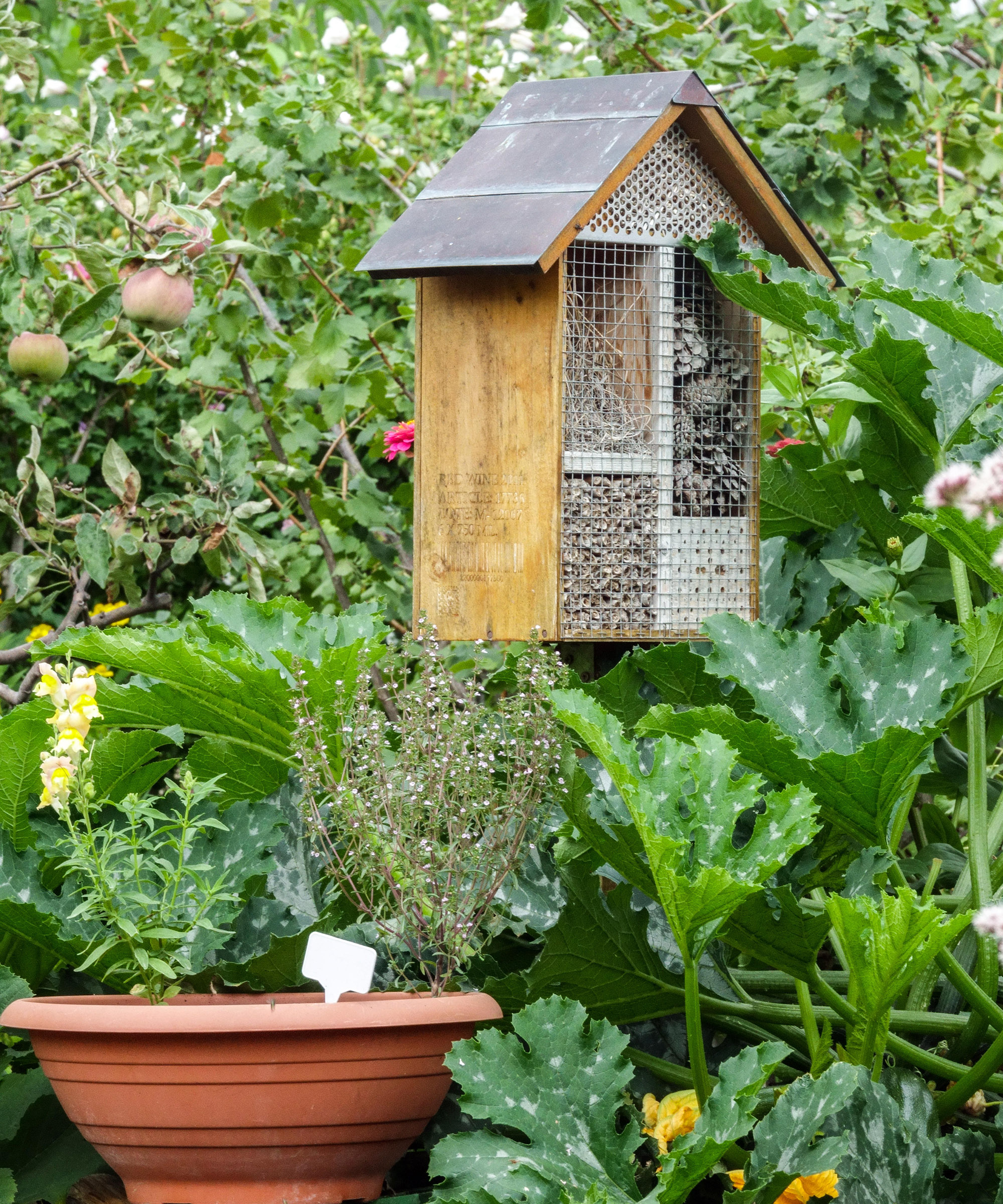
Theming your vegetable garden will create a cohesive environment that reflects your interests and culinary preferences. A themed garden can revolve around color schemes, cultural influences, or specific plant types. Labeling each section with decorative signs enhances the theme and adds a charming touch.
Consider creating a pollinator-friendly vegetable garden, designed to attract bees, butterflies, and other pollinators. Incorporating flowering plants like marigolds, sunflowers, and lavender alongside vegetables helps boost pollination rates and vegetable yields while supporting local biodiversity.
For a visually striking garden, try a colorful vegetable garden with crops and flowers in coordinated shades. For example, a purple-themed garden might include eggplants, purple carrots, and lavender, creating a harmonious and vibrant display.
Additionally, integrating cultural themes, such as an Italian cook’s garden with tomatoes, basil, and zucchini, or a Mexican garden featuring peppers, cilantro, and tomatillos, can celebrate culinary traditions and inspire delicious dishes.
12. Make A Feature Of Fruit Trees
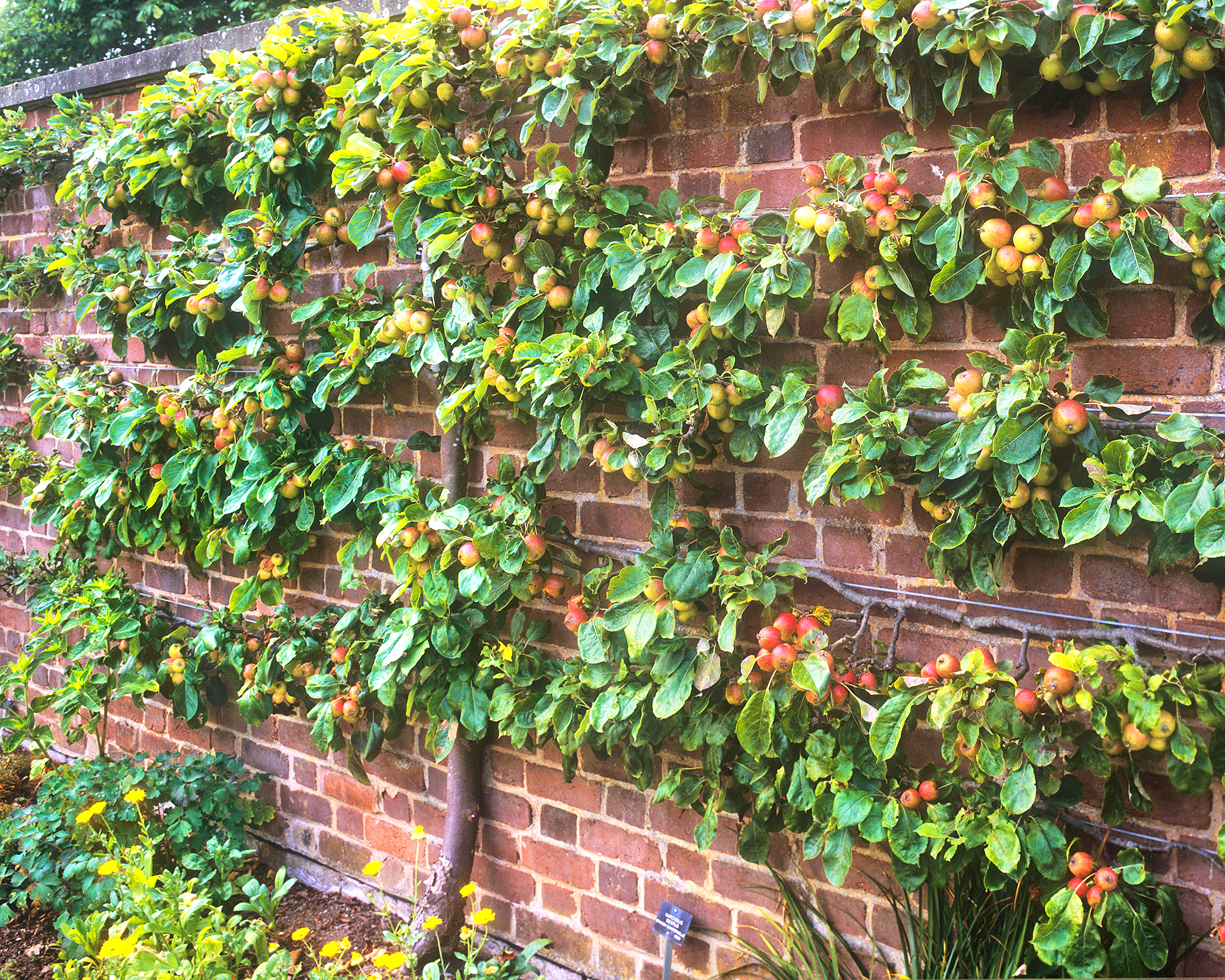
Espaliering fruit trees in a vegetable garden adds aesthetic appeal while making efficient use of space and enhancing garden productivity.
The practice involves training fruit trees – such as apple, pear, plum, and fig trees – to grow flat against a structure, such as a wall, fence, or a series of wires, creating a two-dimensional growth pattern. It’s a useful idea in small gardens where space is limited, allowing for the cultivation of fruit trees without overshadowing vegetable beds.
The practice of espaliering improves air circulation and sunlight exposure for the trees, promoting healthy growth and abundant fruit production. It also makes harvesting easier and helps in pest and disease management by keeping trees more accessible and manageable.
Additionally, espaliered trees can serve as attractive, living garden walls, adding vertical interest and structure to the landscape.
Espaliering requires regular pruning and training to maintain the desired shape and encourage fruiting.
This article features products available from third-party vendors on the Gardening Know How Shop.

Melanie is an experienced gardener and has worked in homes and gardens media for over 20 years. She previously served as Editor on Period Living magazine, and worked for Homes & Gardens, Gardening Etc, Real Homes, and Homebuilding & Renovating. Melanie has spent the last few years transforming her own garden, which is constantly evolving as a work in progress. She is also a passionate organic home grower, having experimented with almost every type of vegetable at some point. In her home, Melanie tends to an extensive houseplant collection and is particularly fond of orchids.
-
 Looking For Plants To Give You The Soft And Fuzzies? Try These 5 Fuzzy Leaf Plant Options
Looking For Plants To Give You The Soft And Fuzzies? Try These 5 Fuzzy Leaf Plant OptionsLovers of texture, drama, silver foliage and tactile plants will adore these special sensory garden additions. These fuzzy leaf plant options will leave you all aglow
By Susan Albert
-
 Get Ready For A Summer Of Hummers! Grow These Full Sun Hummingbird Plants and Flowers
Get Ready For A Summer Of Hummers! Grow These Full Sun Hummingbird Plants and FlowersIf you’re lucky enough to enjoy a sunny backyard, make sure you are maxing out on your pollinator opportunities and grow these full sun hummingbird plants and flowers
By Tonya Barnett
